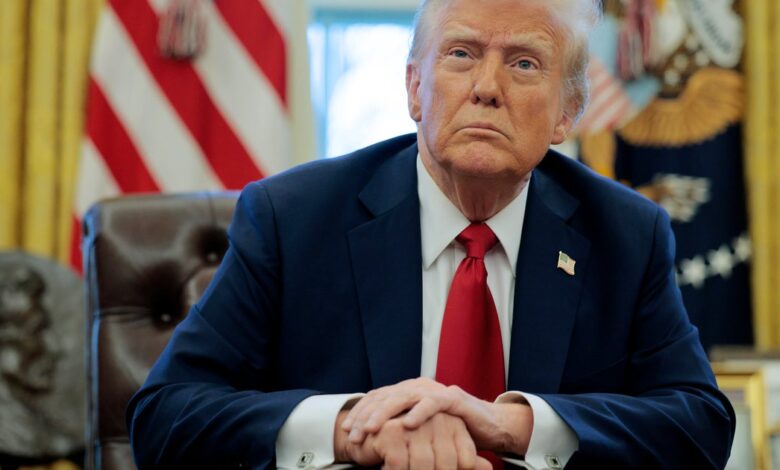Trump reveals these 2 new types of tariffs on what he calls “Liberation Day,” April 2

President Trump made a significant announcement on April 2, unveiling two new types of tariffs that he believes will help eliminate trade deficits between the U.S. and its trading partners. Dubbed “Liberation Day” by the President, these tariffs aim to assert economic independence for the nation.
The first tariff introduced is a 10% universal import duty on all goods entering the U.S. This across-the-board tax is expected to impact a wide range of products consumed by American consumers. The second type of tariff, known as reciprocal tariffs, will be imposed on imports from 90 nations. These reciprocal tariffs are designed to address trade imbalances by applying similar taxes on U.S. imports as those imposed by other countries on American exports.
During the announcement in the White House’s Rose Garden, President Trump emphasized the significance of these tariffs, stating that they mark a crucial moment in American history. He believes that these measures will revitalize the country’s industrial and manufacturing base, leading to economic prosperity. One example provided by the President is the tariff imbalance on automobile imports, where the U.S. charges a lower tariff on foreign cars than what European nations charge on American car exports.
Reciprocal tariffs aim to establish fairness in trade relationships by aligning tax rates on imported goods with what other countries charge on U.S. exports. President Trump believes that this approach will incentivize foreign businesses to relocate their factories to the U.S., boosting domestic production and creating jobs. Additionally, he argues that these tariffs will eventually lead to lower prices for American consumers.
The baseline 10% tariff is set to go into effect on April 5, with reciprocal rates taking effect on April 9. These tariffs are part of President Trump’s broader strategy to address trade imbalances and bring back manufacturing jobs to the U.S. However, economists warn that these tariffs could potentially lead to higher inflation and increased costs for American households.
Despite the President’s assurances of economic benefits from these tariffs, experts predict that inflation may rise as a result of these measures. The core personal consumption expenditures (PCE) price index, a key inflation indicator, could see a significant increase by the end of the year. This projection takes into account the impact of various tariffs announced by President Trump, including the 25% import duty on auto imports.
In conclusion, President Trump’s “Liberation Day” tariffs represent a bold move to reshape America’s trade relationships and strengthen its industrial base. While the President is optimistic about the potential benefits of these tariffs, there are concerns about their impact on inflation and consumer prices in the coming months.





